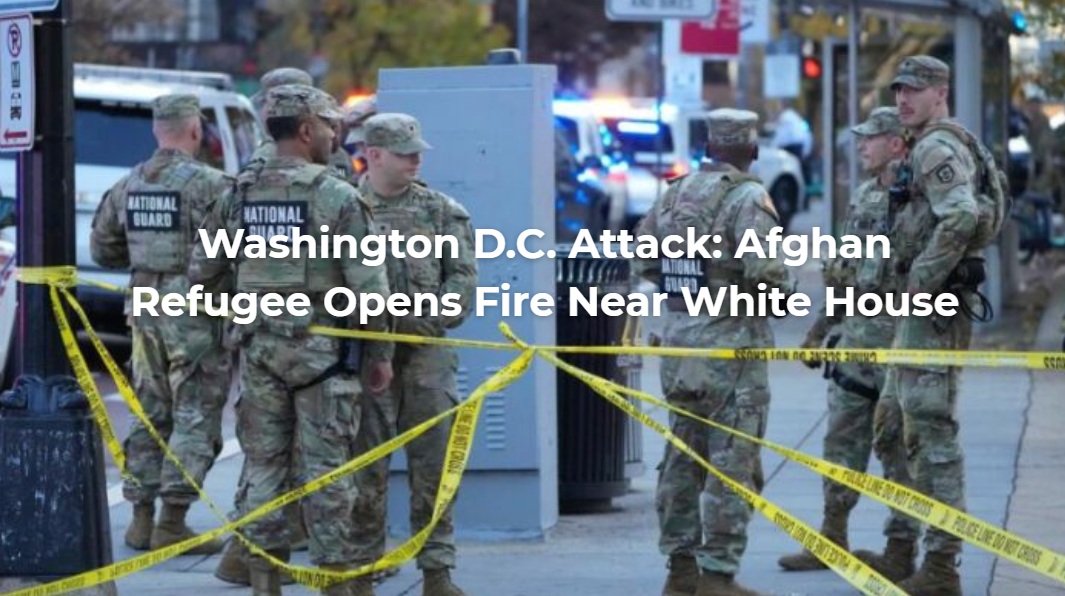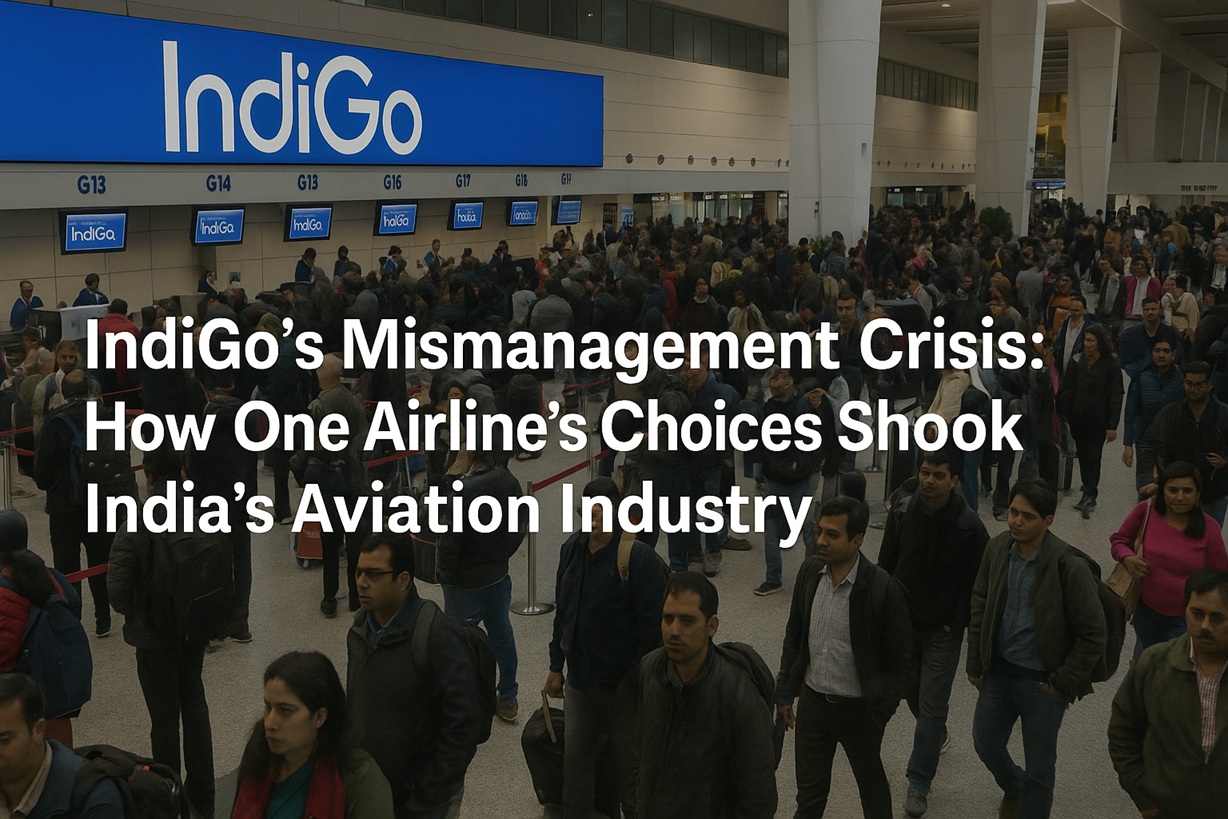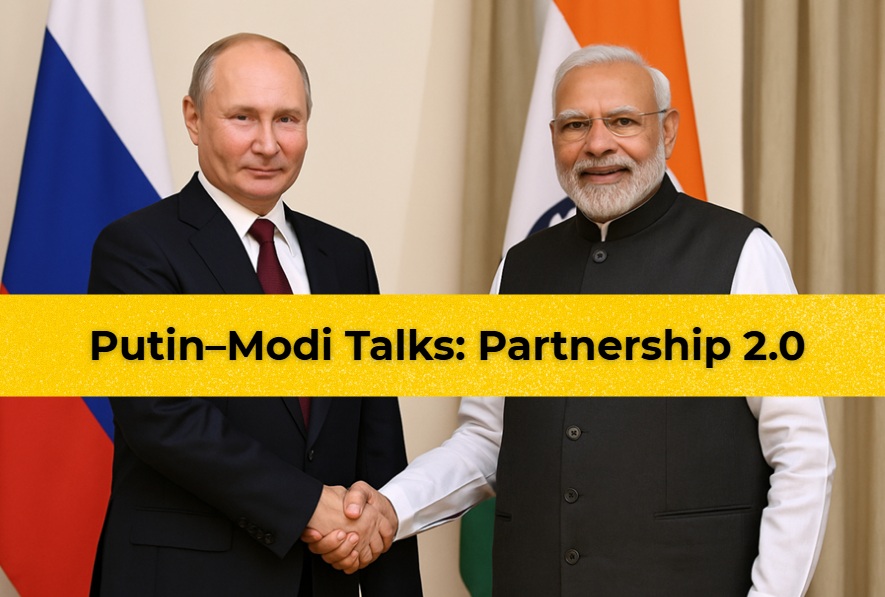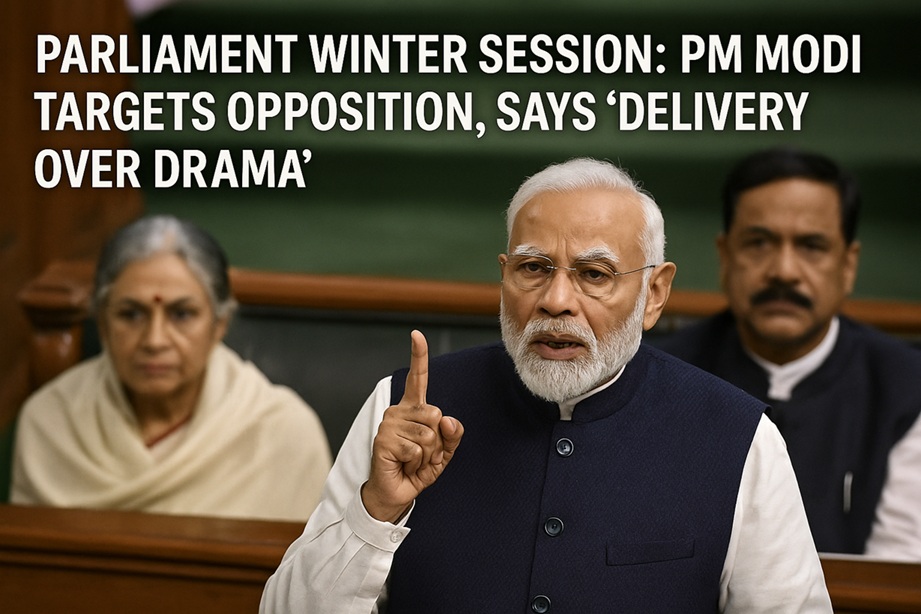Prime Minister Narendra Modi is set to visit China on 31 August 2025 to attend the Shanghai Cooperation Organization (SCO) Summit. His presence at the summit is not just ceremonial; it is expected to mark a turning point in regional and global diplomacy, especially against the backdrop of U.S. President Donald Trump’s aggressive tariff war.
During the SCO Summit in Beijing, Prime Minister Modi will hold a bilateral meeting with Chinese President Xi Jinping, followed by a high-level engagement with Russian President Vladimir Putin on 1 September. The possibility of a trilateral dialogue between India, China, and Russia—an event not seen in years—has generated significant anticipation in global diplomatic circles.
Why This Visit Matters
- Regional Balance of Power
India, China, and Russia together represent nearly half of the world’s population and an enormous share of global economic output. A potential strategic convergence among these three powers could alter existing geopolitical alignments and weaken the effectiveness of U.S. economic coercion through tariffs.
- Trump’s Tariff Diplomacy Under Pressure
President Trump’s tariff strategy, designed to pressure trading partners like India and China, has faced criticism not only internationally but also within the U.S. Congress. Several American lawmakers have openly admitted that tariffs imposed on India had little to do with trade fairness and were instead a political maneuver. This has undermined Washington’s credibility.
- India’s Diplomatic Chessboard
Prime Minister Modi’s visit to China comes immediately after his stop in Japan, where he is scheduled to attend the 15th India-Japan Summit in Tokyo. Strengthening partnerships with Japan, followed by strategic talks with China and Russia, reflects India’s efforts to balance relations across Asia while countering Western pressure.
Behind-the-Scenes Diplomacy
Reports suggest that preparations for these meetings have been underway for months. In March 2025, Chinese President Xi Jinping reportedly reached out to New Delhi with a confidential communication highlighting the need to stabilize border relations and expand economic cooperation in light of U.S. attempts to exploit regional tensions.
India responded cautiously but positively. National Security Advisor Ajit Doval, along with External Affairs Minister S. Jaishankar, has since been engaged in continuous dialogue with Chinese counterparts. Recent military-level talks at the border have already reduced friction, resolving nearly 60% of pending disputes. This groundwork sets the stage for Modi–Xi discussions in Beijing.
The Broader Strategic Equation
India–China Relations: Despite historic mistrust, both nations understand that cooperation is necessary. China needs access to India’s vast consumer market, while India seeks technology, trade opportunities, and regional stability.
India–Russia Partnership: Moscow remains a time-tested partner of New Delhi. Russia has hinted at facilitating a trilateral engagement with China and India, potentially reviving the long-discussed RIC (Russia-India-China) framework.
India–Japan Axis: With Japan, India is advancing negotiations on trade and security, further cementing its role as a bridge between East Asia and South Asia.
Global Implications
If India, China, and Russia align—even partially—on economic and strategic issues, the consequences could be far-reaching:
Economic Impact: The combined markets and resources of the three nations could weaken U.S. leverage on global trade and tariffs.
Strategic Balance: A cooperative Asian front would challenge American dominance in military and diplomatic affairs.
Diplomatic Credibility: India’s approach, rooted in mutual respect rather than coercion, contrasts sharply with Washington’s confrontational style, making New Delhi a more reliable partner in the eyes of many nations, especially in the Global South.
Conclusion
Prime Minister Modi’s back-to-back visits to Tokyo, Beijing, and Moscow represent a carefully calculated diplomatic offensive. While the SCO Summit will be the visible stage, the real story lies in the quiet building of partnerships that could shift the global balance of power.
For President Trump, this emerging India–China–Russia understanding is a diplomatic nightmare. His tariff diplomacy—intended to isolate rivals—may instead accelerate cooperation among them. For India, however, this is an opportunity to showcase itself not merely as a regional player, but as a global power broker capable of shaping 21st-century geopolitics.
#indiachinarelations, #trumptariffs, #dailydozes, #xijinping, #donaltrump, #tradewar, #india, #usindiarelation, #russianoil, #unitedstates, #ustariffs, #modidiplomacy, #washington, #jdvance, #tradedispute, #uspolitics, #tradepolicy,






